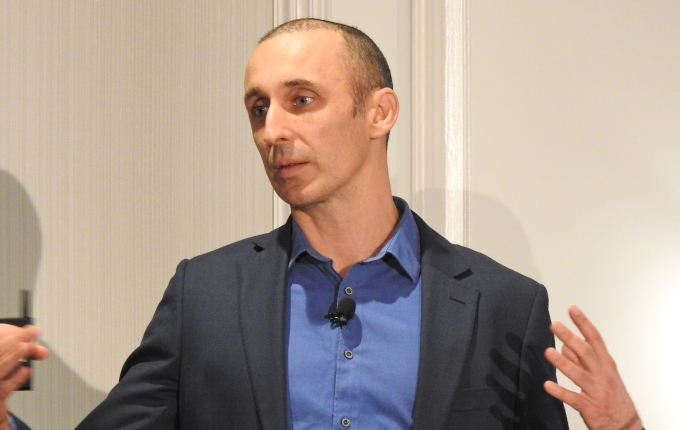Nassim Nicholas Taleb does not like it when people call the coronavirus pandemic a ‘black swan’. Yes, the pandemic is a fat tail event, but unlike black swan events, the pandemic’s spread was entirely predictable, he said. In fact, Taleb already warned for an escalation of the pandemic in a pamphlet published in January 2020.
While it hadn’t yet fully developed into a global health crisis back then, Taleb already argued for ‘drastically pruning contact networks using collective boundaries and social behaviour change, and community self-monitoring’, or in today’s vernacular ‘lockdowns, social distancing and testing’, to stop the spread of the virus.
But if the pandemic wasn’t a black swan, at the very least it was a grey swan.
Pandemics are rare, especially in the context of the three to five year investment horizon that many investors use in their analysis.
As such pandemics are uncomputable in the traditional sense of risk management, partly because there are not enough data points and partly because of the non-linear trajectory the spread and mutation of a virus takes, something that Taleb acknowledges when he wrote that ‘traditional cost-benefit analyses must not be used’.
And because pandemics are rare and their impact uncertain, investors also tend to be ‘blind’ to the risks stemming from such events, despite the fact that regulators require institutions to stress test for pandemics.
We are still to find out what lasting effects this pandemic will have on human behaviour and economic activity.
Despite the relative short and sharp drawdown in equity markets in 2020, the coronavirus pandemic has continued to push countries in and out of lockdowns, while perceptions of working from home, business travel, leisure and hospitality have shifted.
Being forced to live a more localised life, people reassessed the home and neighbourhood they live in and the distances they are willing to travel. This has boosted the trend towards more ecommerce and the adoption of new technologies, further impacting sectors such as traditional retail.
At the same time, concerns about higher inflation and interest rates ensure that investors have tempered expectations for future growth in all sectors, especially considering the record high prices in equity markets.
This all begs the question: where to from here for equity markets?
Net Zero
Whilst the direction of equity markets in the near future is uncertain, a clear paradigm shift is taking place in the energy sector that is likely to affect equity markets. The transition to more sustainable forms of energy generation and the effort to curb carbon emissions are well underway and this change will permeate every other part of the economy.
With many governments embracing the target of reaching net zero emissions by 2050, asset owners have started to follow suit and set goals for reducing the carbon footprint of their investment portfolios.
This transition will not necessarily happen in an orderly fashion and there are many risks for investors to think of. Are they already holding stranded assets, or are they being too aggressive in setting targets, which forces them to buy overpriced, low carbon companies?
Will engagement get you there, or is divestment required to achieve targets? But what if the more carbon intensive companies are the ones who manufacture products that aid the transition? And what if underweighting them introduces unintended style tilts in the portfolio?
The thoughtful implementation of a low carbon strategy is going to be a key differentiator for institutional investors going forward.
Your Future, Your Super
Against this backdrop of market uncertainty and a paradigm shift in the energy sector, we find that superannuation funds are being confronted with new regulations that directly impact their investment strategies.
The Your Future, Your Super regulations and accompanying performance test forces funds to take greater notice of tracking error, increasing peer awareness and throwing a spanner in the works for those funds that have embraced a total portfolio approach, dynamic asset allocation or even simply a more conservative implementation of equity strategies, since the test assumes a static asset allocation and has little concern for risk management within the constraints of a target asset allocation.
It might also temper funds’ risk appetite in an effort to pass the test, despite the broad consensus that returns are likely to be subdued in the coming decade.
How to navigate this new world? We will discuss this and more at the 7th [i3] Equities Forum.
Meanwhile, we need to remain vigilant and on the lookout for swans of any colour.
Enquire about this event





